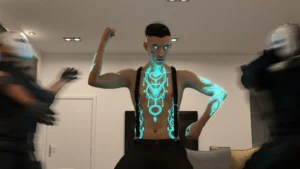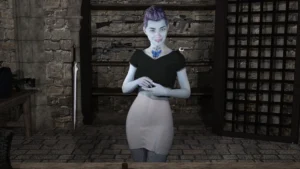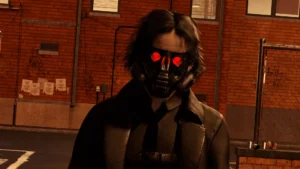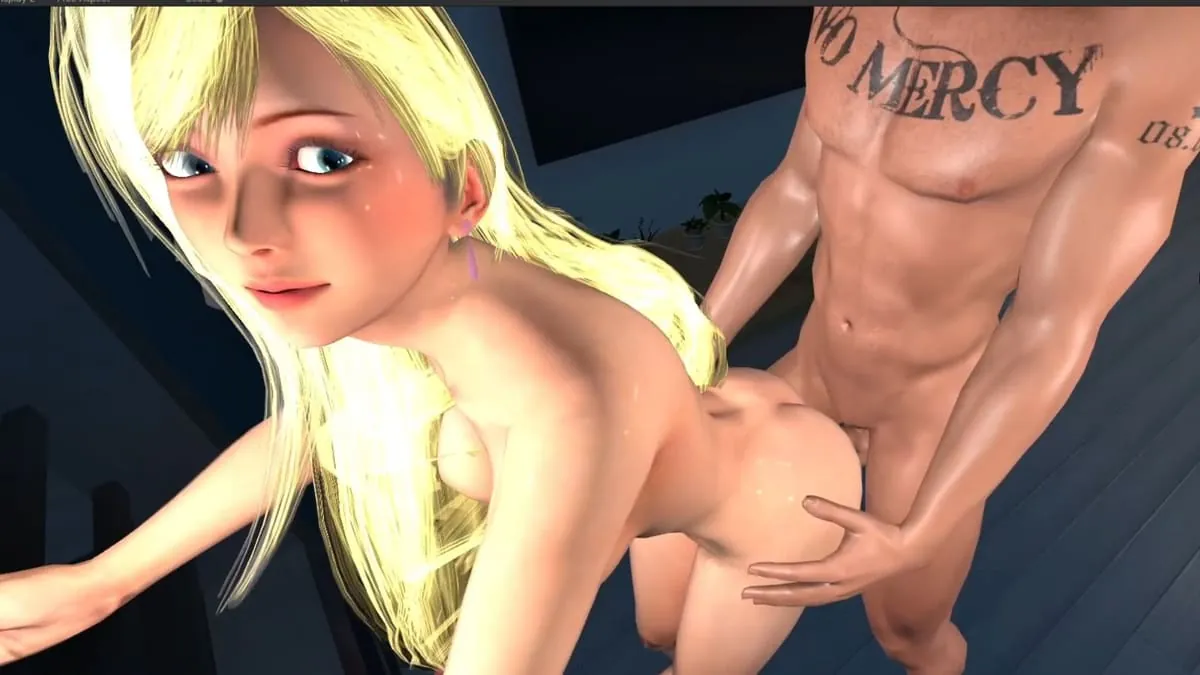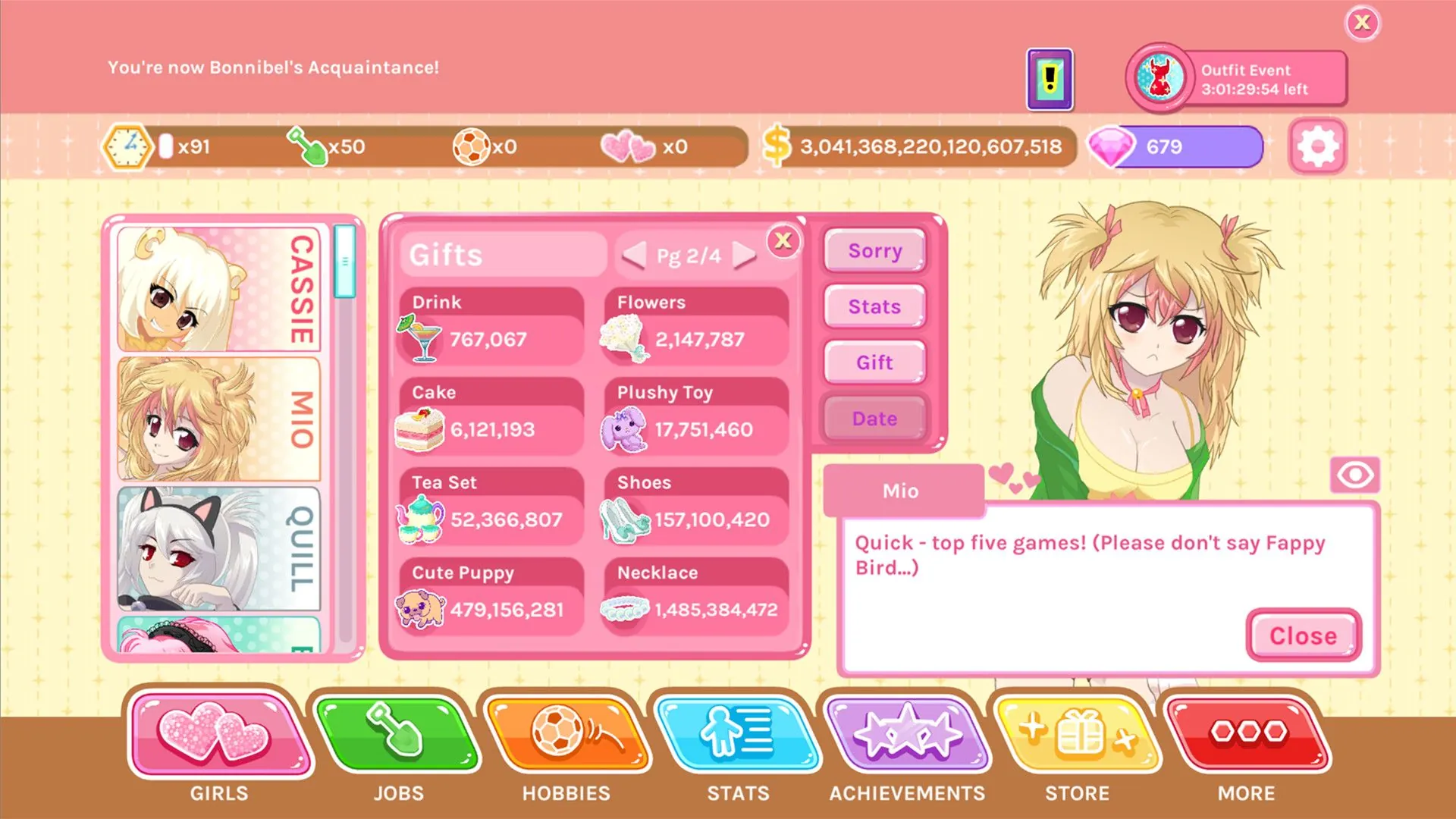
Mad World
Play Mad World
Mad World review
A Deep Dive into the Concept and Potential of ‘Mad World’
In the vast landscape of digital entertainment, ‘Mad World’ could represent a unique blend of storytelling and interactive experiences. This article delves into what such a game might entail, exploring its potential themes, gameplay mechanics, and how it could engage players. Whether ‘Mad World’ is a hypothetical or existing title, its concept offers a fascinating lens through which we can examine the evolution of gaming.
Chapter 1: Conceptualizing ‘Mad World’
What is ‘Mad World’?
Picture this: You’re stuck in a world where every decision spirals into chaos, where the line between hero and villain blurs, and nothing is as simple as “good vs. evil.” 🌀 That’s the Mad World concept in a nutshell—a game that throws players into a fractured reality dripping with moral ambiguity and social commentary. Think of it as a twisted mirror held up to our own world, reflecting everything from political power struggles to the absurdity of daily life.
But here’s the kicker: Mad World isn’t just about dystopian aesthetics or grimdark vibes. It’s a playground for exploring interactive gameplay that reacts to your choices like a living, breathing entity. Imagine building alliances that crumble because you forgot to water your relationships (yes, literally—more on that later). Or solving puzzles that reshape the game’s geography. It’s like playing Jenga with a city skyline. �🗼
Exploring Themes and Storytelling
Let’s get real—most games treat storytelling like a side dish. Mad World serves it as the main course. The game storytelling here isn’t just about cutscenes or lore dumps. It’s woven into every interaction, every dusty corner of the map. Take the “Memory Fragments” system, for example. As you explore, you collect shards of NPCs’ pasts, piecing together why the world went mad. One minute you’re solving a murder; the next, you’re debating ethics with a sentient vending machine. 🤖💬
The gaming themes are bold, too. We’re talking about:
– Chaos as a currency: Your actions fuel instability, unlocking new paths (or disasters).
– Social satire: Corporations run schools, influencers dictate laws, and everyone’s too glued to their screens to notice.
– Player-driven consequences: Save a village, and it might gentrify into a dystopian tech hub. Oops.
Pro tip: Don’t assume “good intentions” equal good outcomes. Mad World loves to punish knee-jerk heroism.
Potential Gameplay Mechanics
Okay, let’s geek out about interactive gameplay. Mad World could blend strategy, survival, and dark humor into a smoothie of addictive mechanics. Here’s a taste:
| Mechanic | Purpose | Player Impact |
|---|---|---|
| Dynamic Reputation System | Your choices affect how factions view you | Unlock hidden quests or trigger betrayals |
| Environmental Puzzles | Manipulate physics to alter terrain | Create shortcuts or… accidentally flood a town |
| Morality “Fluidity” | No fixed “good” or “evil” meter | NPCs react to your *patterns*, not single acts |
And let’s not forget player engagement strategies like:
– Real-time event cycles: Miss a riot? It’ll evolve into a revolution by tomorrow.
– Collaborative chaos: Team up to crash the in-game stock market… or sabotage friends for rare loot. 🤑💣
Example: Story Meets Gameplay
Say you’re tasked with stopping a propaganda-spewing AI. Instead of a boss battle, you’d hack its algorithm by solving logic puzzles and convincing brainwashed citizens to rebel. Fail the puzzles? The AI adapts, spreading misinformation faster. Ignore the citizens? They become hostile. This mashup of game storytelling and interactive gameplay forces you to think and feel your way through.
Why This Matters for Gamers (and Developers)
For players, Mad World offers a sandbox where curiosity is rewarded—and recklessness is spectacularly punished. For creators, it’s a masterclass in game development insights: balancing player freedom with narrative coherence, or designing systems that feel organic, not overwhelming.
The digital entertainment trends are clear: audiences crave worlds that react to them, not just pretty backdrops. Mad World delivers that with a smirk, asking, “Sure, you can change the world… but should you?” 🌍🔧
So, ready to dive into the madness? Strap in—it’s going to be a gloriously messy ride. 🎢🔥
In conclusion, ‘Mad World’ represents a fascinating concept that could push the boundaries of digital entertainment. By exploring its potential themes, storytelling, and gameplay mechanics, we can gain insights into how games can engage players on deeper levels. Whether ‘Mad World’ exists as a game or remains a concept, it inspires us to think creatively about the future of gaming.





